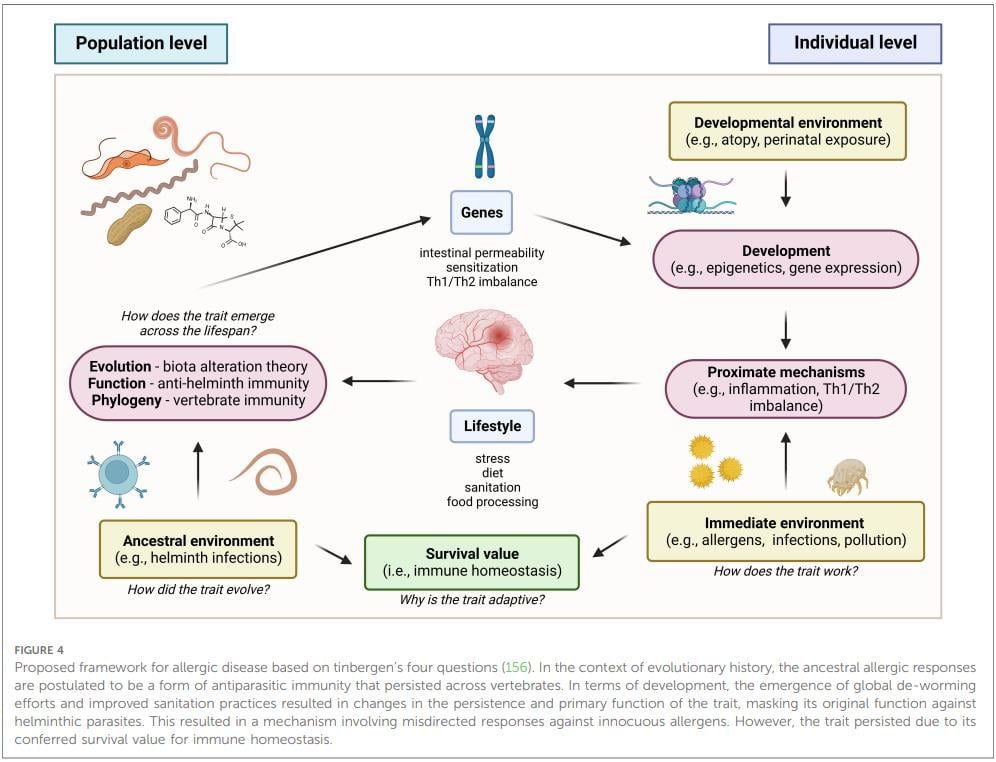To improve how we diagnose, prevent and treat allergies, it is crucial to better understand how different factors interact with each other
22 Jan 2024

Allergies are overreactions of the body to harmless allergens and are one of the most chronic conditions worldwide. Atopy or the predisposition to being allergic can be expressed in several ways. Several factors have been identified to shape allergies. Therefore, effective management of allergies remains one of the most prominent public health concerns due to its complexity. In this study, the current findings from studies about allergies are contextualized to provide a concise perspective of how to best address the concern. These findings can either be on the underlying mechanisms driving allergies, host factors which may affect a person’s allergic response, and even environmental factors. The findings from the study can help in the development of new ways for early diagnosis, prevention, and control strategies for allergic individuals.
Significance
The study provides a comprehensive discussion on the known immunologic, genetic, and ecologic factors that shape allergic diseases. More specifically, it examines the current findings which have been established about the immunologic factors which drive allergic diseases and how it is affected by the host genetic background and the surrounding environmental factors. Due to the complexity of this interplay, the Tinbergen’s four questions approach was utilized to simply this dynamic and to provide a concise schematic on how these factors drive and shape allergic disease pathogenesis and progression. These findings can also help to further augment existing and proposed treatments, by highlighting the role of the host microbiome in the context of the existing theories such as the Hygiene Hypothesis, the Old Friends Hypothesis, and the Biota Alteration Theory. More specifically, the use of helminth-derived biologics or even microbiota-targeted therapies are explored and expounded upon, in terms of their advantages and current limitations. Finally, the role of existing therapies, both pharmaceuticals and biologics, is also elaborated on in the context of the aforementioned factors, which could further help to control allergic diseases and improve the overall quality of health of patients, by addressing the identified research gaps which were highlighted in the study.
Read the full paper: https://www.frontiersin.org/articles/10.3389/falgy.2023.1215616/full
